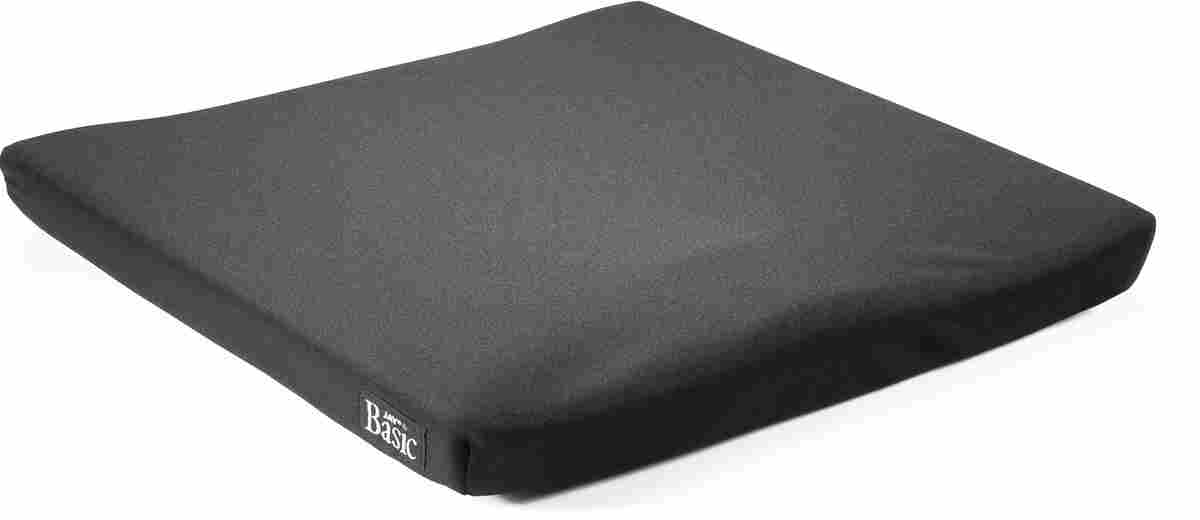A Guide to Wheelchair Seat Cushions
wheelchair seat cushions come in three main styles: foam, gel / fluid, and air.
Foam
Your basic run‐of‐mill chair cushion is going to be a one inch, float foam pad wrapped in a cover, like a Jay Basic. These pads are perfectly fine for folks with a fair amount of sensation in their lower limbs and who don’t have any spinal alignment or posture issues. I would recommend replacing this pad after a couple of years because the foam does have a tendency to break down and offer less support and cushioning over time.
Next up, you have a contoured foam pad like the Jay Basic PRO. These cushions are substantially thicker than your basic cushion and offer a lot more support in terms of body position and posture. The cushion itself is molded to better support and position your pelvis and hips while seated.
Gel / Fluid
These are pads like the J2 that come with a honeycomb insert filled with some kind of therapeutic gel. This gel is designed to provide additional orthopedic support to the user as well as reduce the risk of skin breakdown and pressure sores.
I’ve tested a few of these pads and—I gotta admit— they are really nice. They offer a lot of support and a just enough cushioning to keep you comfortable. However, they are extremely heavy compared to other pads (most are around 5lbs), and expensive. I would only recommend this style of pad if you are at high risk for pressure sores or other skin issues.
Air
Air cushions like the ROHO are some the more advanced wheelchair cushions on the market. These cushions are highly adjustable and allow a level of support and seat immersion not possible with other cushion types. I had a ROHO cushion for several years and found it to be extremely comfortable.
Despite the medical benefits, there are several practical drawbacks to this style of cushion. For starters, they’re really expensive, reaching well into the three and four hundred dollar range. Second, they need a lot of maintenance. Air cushions deflate over time and will need to be topped off fairly regularly. Finally, there’s the risk of damage. Despite appearing to be made of individual cells of air, each of the “fingers” on the cushion are open to the air inside the cushion. So, if one area of the cushion gets a leak, the whole cushion deflates. This is why ROHO provides a patch kit with each cushion they sell.
I would only recommend this style of cushion if you have specific orthopedic or skin issues that require the kind of seat depth and friction reduction that air cushions are designed to provide.
